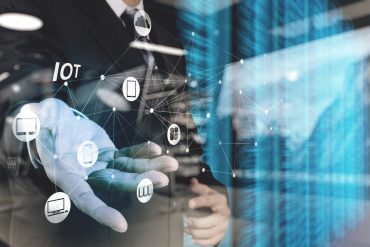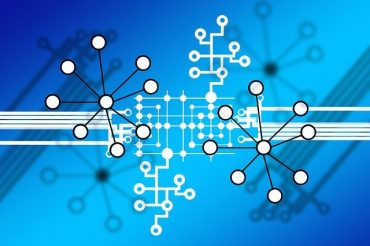
For the first time, the human brain has been positioned as a source of steaming IoT data.
Real-time transmissions of data is happening everywhere — from automobiles to thermostats to factory tools. But perhaps the latest development in the real-time Internet of Things truly has a science fiction thriller feel to it – connecting human brains to computers to capture and process brainwaves.
The effort, called the “Brainternet,” was launched by biomedical engineers at the Wits School of Electrical and Information Engineering, which involves connecting a human brain to the Internet in real-time. The project consists of streaming brainwaves onto the Internet, according to MedicalXpress. “Essentially, it turns the brain into an Internet of Things node on the Web.”
[ Related: How Under Armour manages IoT streaming data ]
There has been a lot progress in capturing and analyzing brainwaves as of late. Scientists are capable of monitoring various segments of brains to determine emotions and responses to external stimuli. The New York Times recently reported that scientists have even read dogs’ brains, concluding they respond to humans out of actual love, and not just pandering for food.
Streaming your brain in real-time
But the Brainternet project, led by Adam Pantanowitz, a lecturer at Wits, is the first time the human brain has been positioned as a data-generating node of IoT. The technology promotes “continuous monitoring of brain activity as well as enabling some interactivity,” he said.
The patient wears a device that transmits brain wave signals to a mobile computer that in turn live streams the data to an API linked to a website. Pantanowitz ultimate envisions supporting the real-time transmission through a mobile app.
[ Related: 7 Ways Your Business Can Benefit From Streaming Analytics ]
What are potential business applications? Marketers may be among the first adopters of such technology, surfacing and measuring deep-seated reactions to products or presentations – with subjects’ consent of course.
Product developers may also benefit, by monitoring feedback to innovations, such as soft drink makers creating new formulas. Perhaps app developers will soon be able to create apps that respond to user whims, before the user is even aware he or she is going to request a given service.




























